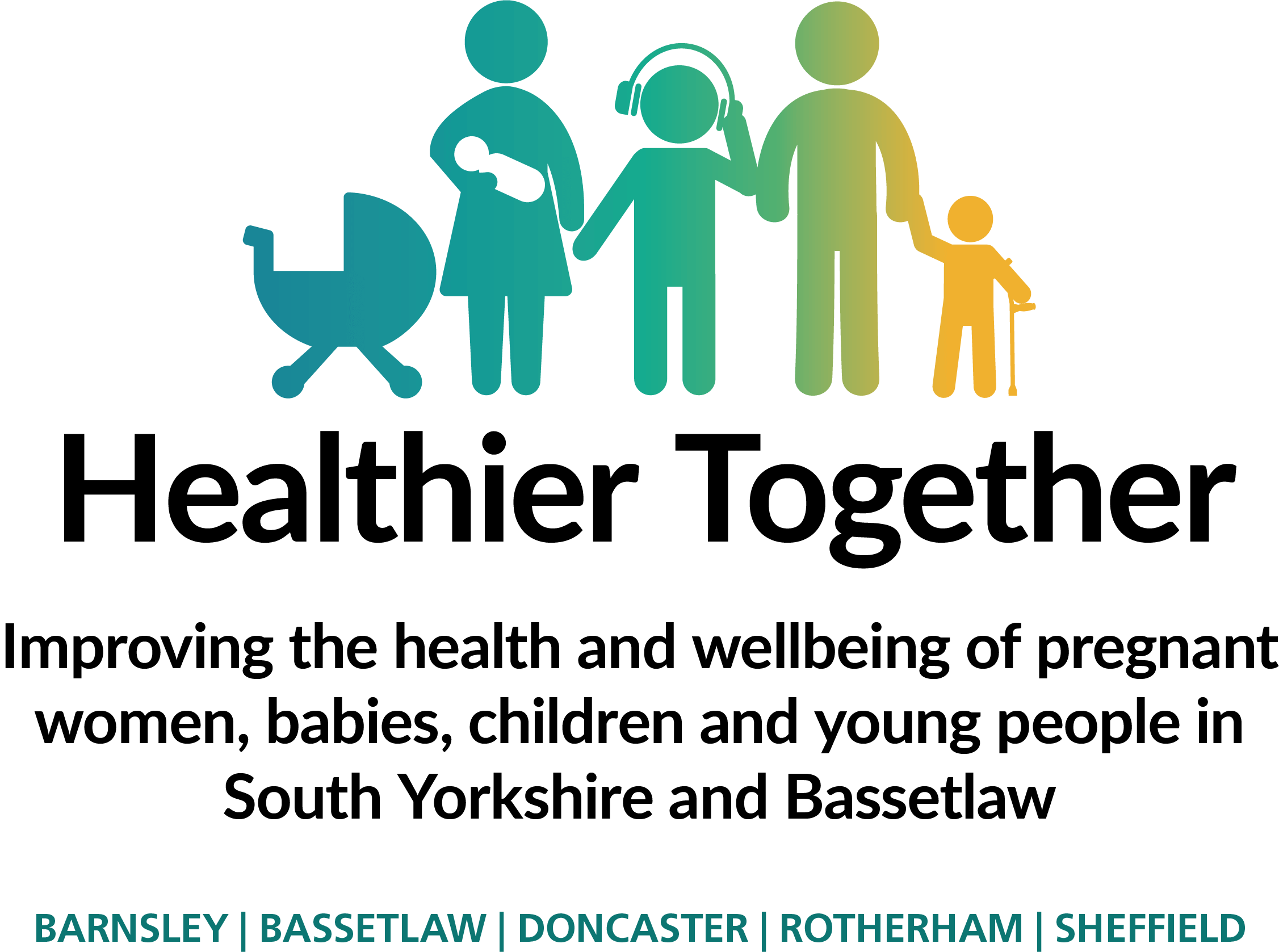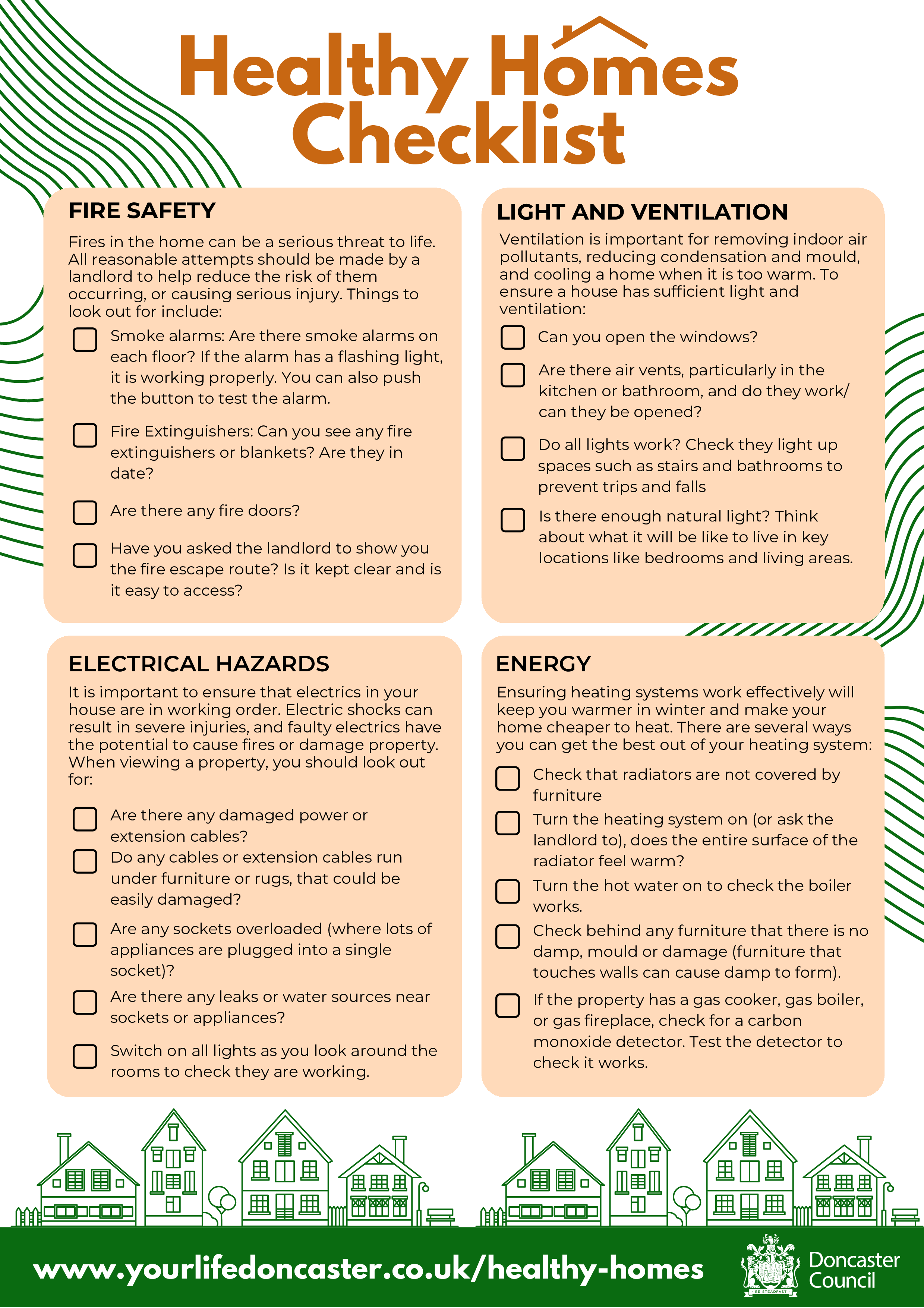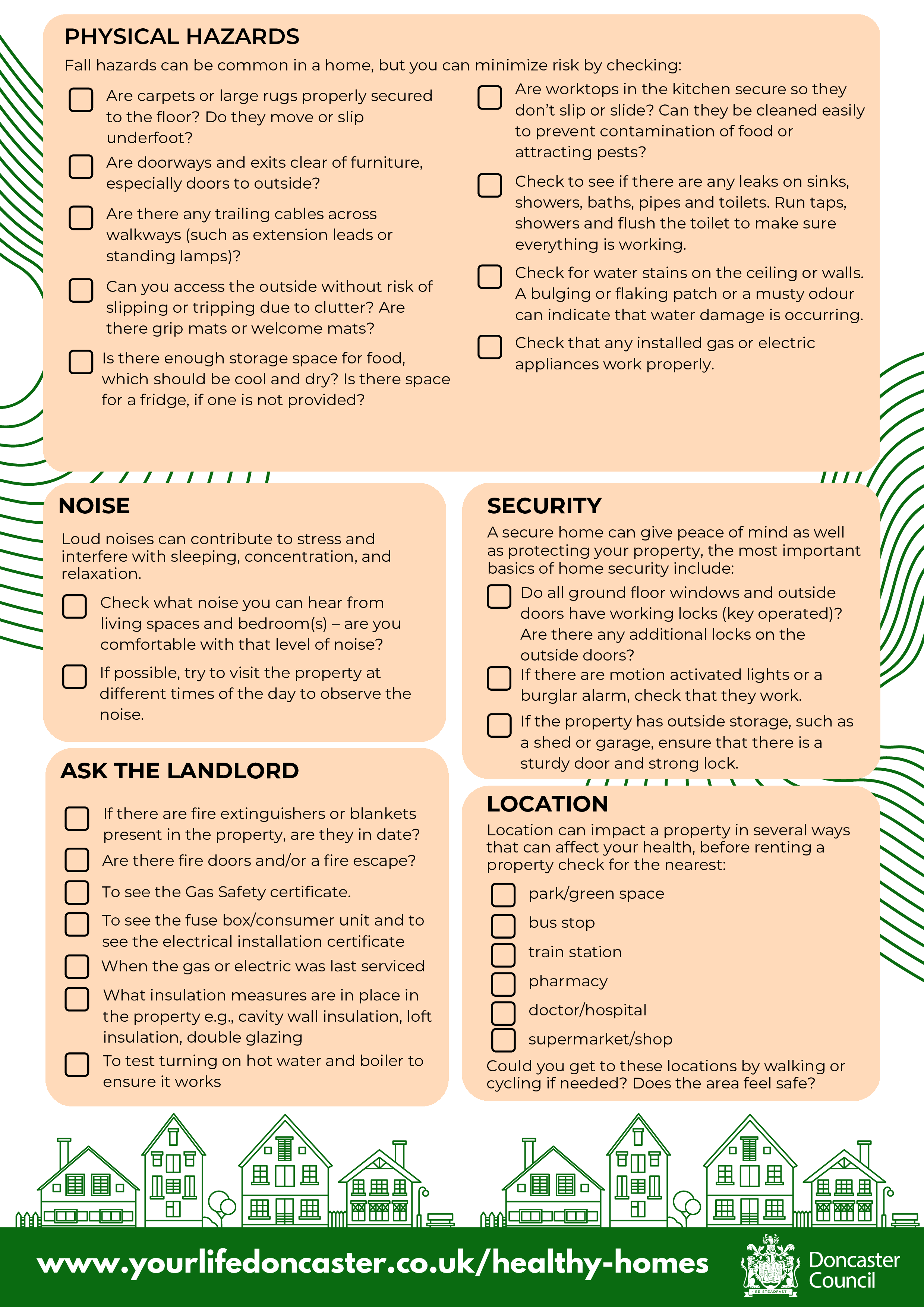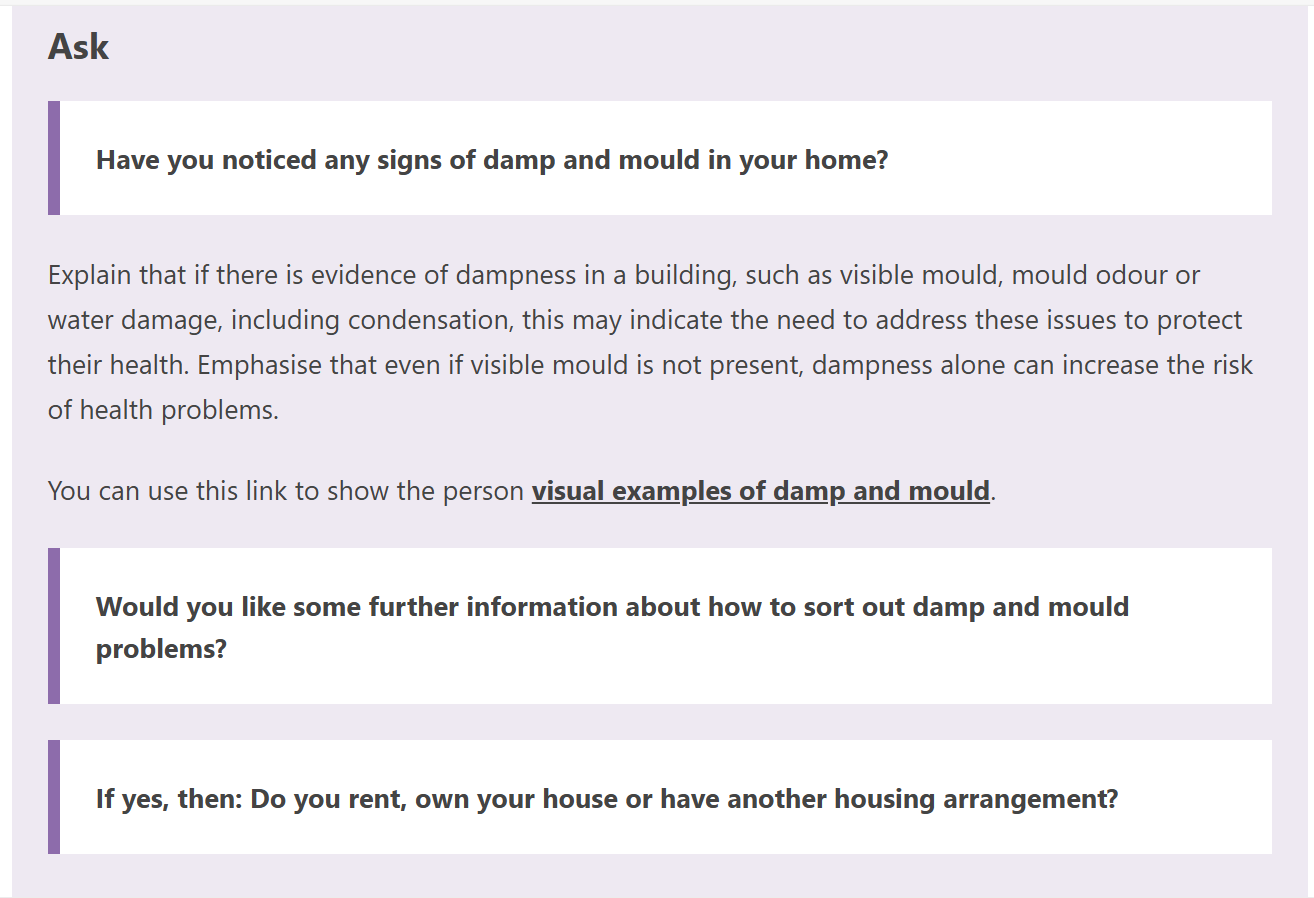Damp, Mould & Condensation
Damp, Mould and condensation are not just annoying in your house, but there are potential health risks they pose. We will be providing valuable insights on how to prevent them. While these issues are all too common in our homes, it is crucial to address them promptly, as unchecked mould growth can have severe consequences, particularly for the more vulnerable members of our community.
Health Impacts
Physical
- Respiratory - cough, wheezing, shortness of breath
- Allergic airway diseases - Rhinitis, Asthma, Bronchitis, Chronic Obstructive Pulmonary Disease
- Irritation of the eye
- Eczema, itchy skin, skin rashes
- Other fungal infections
Mental
- Anxiety, stress
- Frustration (poor advice, being blamed for damp and mould)
- Social isolation
- Delays in responses or repairs
- Unpleasand living conditioins
Moisture Control
Everyday activities such as cooking, showering, and drying clothes can generate excess moisture within our homes. Yet, there are steps we can take to minimise this moisture, reducing the risk of dampness and mould growth. Consider covering pans while cooking, utilising extractor fans in kitchens and bathrooms, drying clothes outdoors, and opening windows for a brief period each morning. Leaving a gap between furniture and external walls can also aid in preventing dampness.
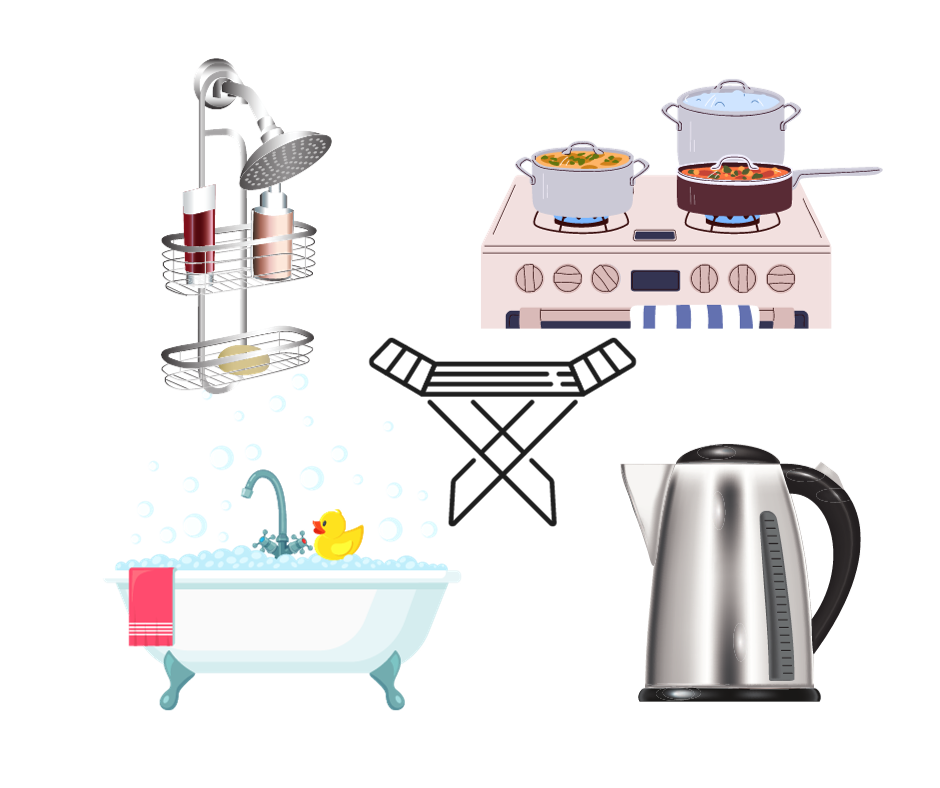
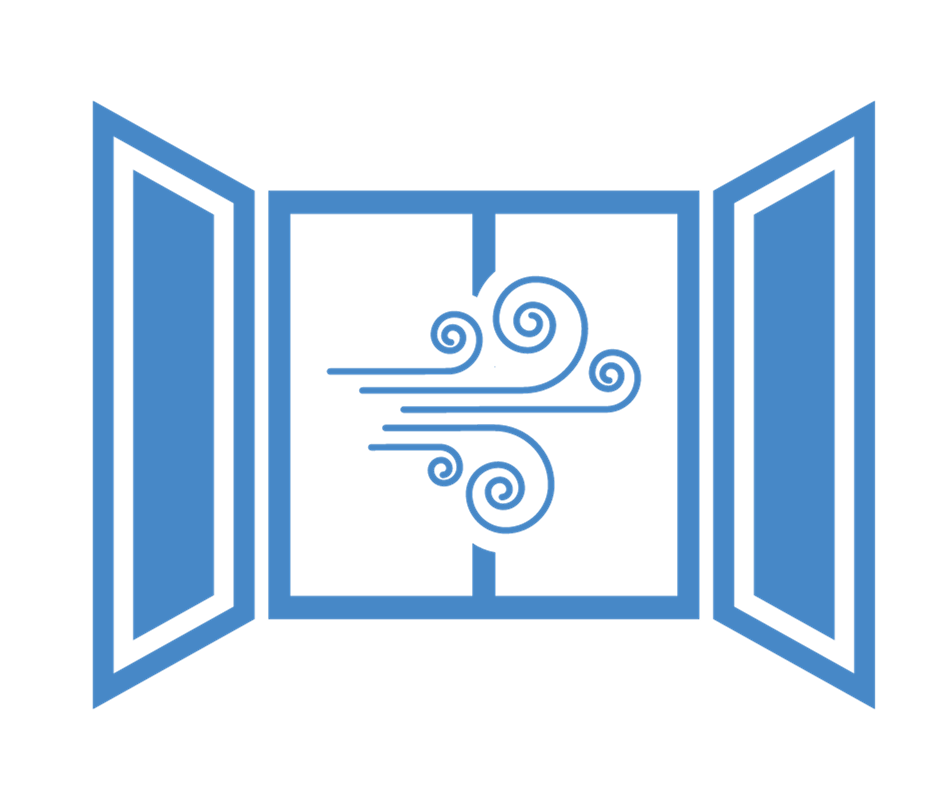
Ventilation & Heating
To effectively prevent damp and mould, it is essential to ensure proper ventilation and heating within our homes. However, we acknowledge that the rising cost of living often prevents individuals from adequately heating their living spaces. Even when ventilation and heating are present, dampness and mould can still find their way in.
Damp and Mould MECC Tool
Use the link above to access the making every contact count (MECC) tool for having conversations about damp and mould in the home.
Support from your local Council
Types of Damp and Mould
Condensation
Now, let's explore the different types of dampness and mould that can occur. The most prevalent and familiar type is condensation, which occurs when excess moisture in the air comes into contact with a cold surface, such as a window or external wall. This often leads to the growth of black mould and tends to worsen during the winter months. Inadequate ventilation and heating within a property can contribute to the occurrence of condensation.
Penetrating Damp
Another type is penetrating damp, which arises when water seeps through external walls or the roof. This can be a result of structural issues or external factors such as heavy rainfall. It is essential to address and report any signs of penetrating damp to your landlord or appropriate authorities.
Rising Damp
Lastly, we have rising damp, which occurs when groundwater is absorbed by the bricks or concrete of a property. This particular type of dampness requires professional attention and should be promptly reported to ensure proper mitigation.
Treatment of Black Mould
In the event that black mould persists, it is crucial to clean it off using an appropriate mould cleaner. However, if the mould continues to reappear or if signs of penetrating or rising damp are present, it is necessary to report the issue to your landlord or relevant authorities. Prompt action is essential to prevent further damage and ensure a healthy living environment for all occupants.
In conclusion, dampness, mould, and condensation are issues that can affect any home at some point. By taking proactive measures such as proper ventilation, heating, and moisture control, we can significantly reduce the risks associated with these problems. It is essential to stay vigilant, promptly address any signs of dampness or mould growth, and seek appropriate assistance when necessary. Together, we can create healthier living spaces for ourselves and our communities.
